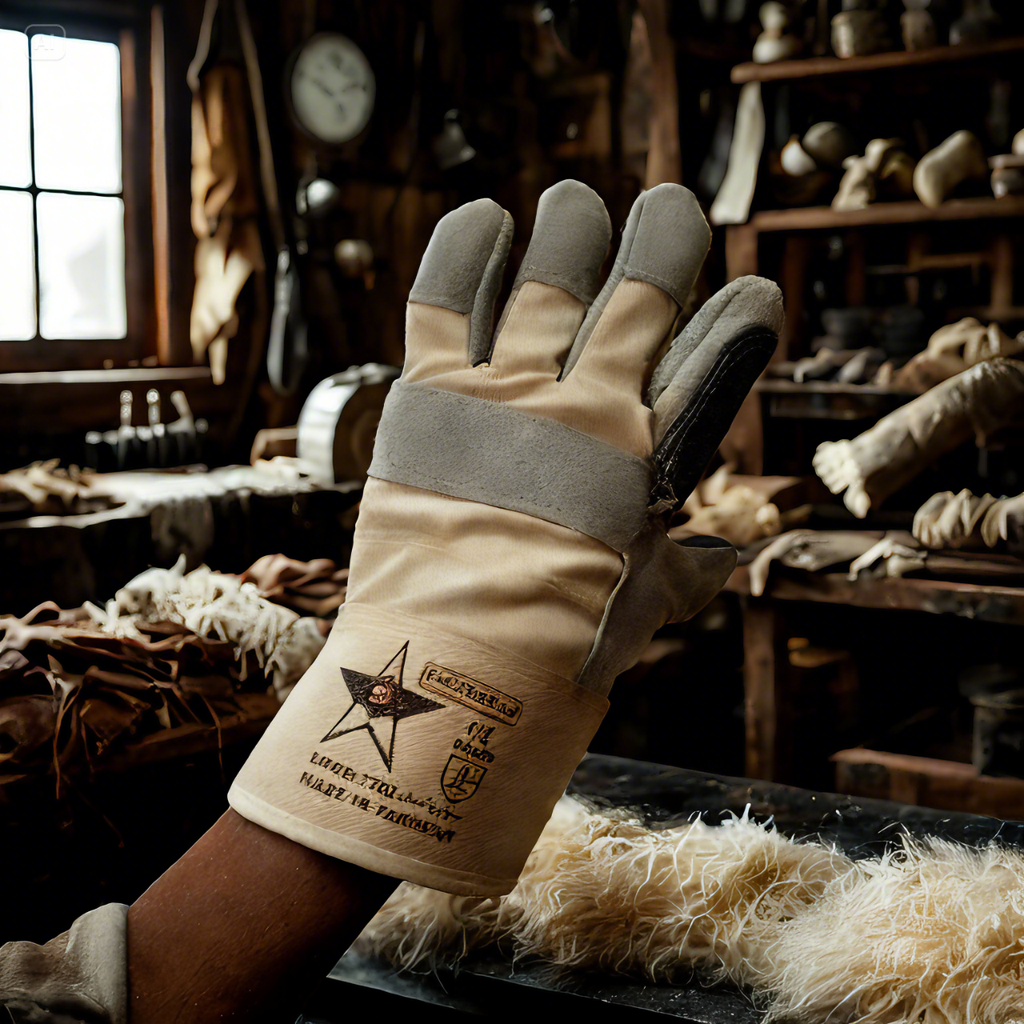Meta Description:
Explore the step-by-step process of leather glove production from raw hide selection to the final handcrafted product and learn what makes each pair durable, stylish, and timeless.
Introduction: The Legacy of Leather Glove Making
Leather gloves have long been associated with durability, elegance, and protection. Whether used for fashion, work, or safety, the manufacturing process shapes the quality of a leather glove. In this blog, we will explore how manufacturers make leather gloves, starting from raw hides and ending with finely stitched gloves ready for use. Along the way, we will highlight both traditional techniques and modern innovations involved in glove production.

1. Hide Selection: The Foundation of Quality
The process begins with carefully selecting hides. Typically, manufacturers choose cowhide, goatskin, sheepskin, or deerskin based on the glove’s intended use. For instance, they often use goatskin for its balance of softness and toughness. Ethical suppliers usually provide these hides, and producers perform strict quality checks before processing them.
2. Tanning: Preserving the Hide
Once the hides are selected, tanners preserve and soften the material through tanning. During this stage, they employ either chrome or vegetable tanning methods. Tanners prefer chrome tanning for its speed and softness, while they use vegetable tanning for its natural finish and eco-friendliness. As a result, the leather becomes more flexible, moisture-resistant, and long-lasting.
3. Splitting and Shaving: Achieving Uniformity
After tanning, tanners split the hides into thinner layers to ensure consistent thickness. They then refine the leather through a shaving process. This step is essential for creating gloves that are comfortable yet strong enough to withstand daily use.
4. Dyeing and Finishing: Adding Color and Texture
To give leather gloves their distinct appearance, tanners dye the material in desired shades. They may use natural dyes or chemical pigments depending on customer requirements. Additionally, they apply finishes such as waterproofing, oil treatment, or matte textures. These processes make the leather look appealing and enhance its functionality.
5. Pattern Cutting: Precision is Key
Once the leather is ready, workers cut out glove patterns using precise templates. They may do this manually or with the help of computerized cutting machines. They carefully cut each glove component palm, back, thumb, and fingers to exact specifications. This careful process ensures a flawless fit in the final product.
6. Stitching and Assembly: Bringing the Glove Together
Next, skilled artisans or sewing machines stitch the glove parts together, depending on the complexity and scale of production. They often add reinforcements at stress points, and they insert linings such as fleece, wool, or cotton for extra comfort and insulation.
7. Quality Control and Final Touches
Before packaging, every glove undergoes a strict quality inspection. Any imperfections are corrected, and loose threads are trimmed. Branding elements like logos or tags are also added during this stage. Consequently, customers receive gloves that meet the highest standards of craftsmanship.
8. Packaging and Distribution
Finally, the manufacturers package the gloves using eco-friendly materials and distribute them to various markets. Whether they sell the gloves in retail stores or export them internationally, they take great care to maintain product quality during transit.
Conclusion: A Blend of Tradition and Innovation
In conclusion, the leather glove production process is a careful balance of heritage craftsmanship and modern techniques. From hide selection to final packaging, each step contributes to the glove’s durability, elegance, and comfort. By understanding this journey, one can better appreciate the skill and dedication that go into every pair.
